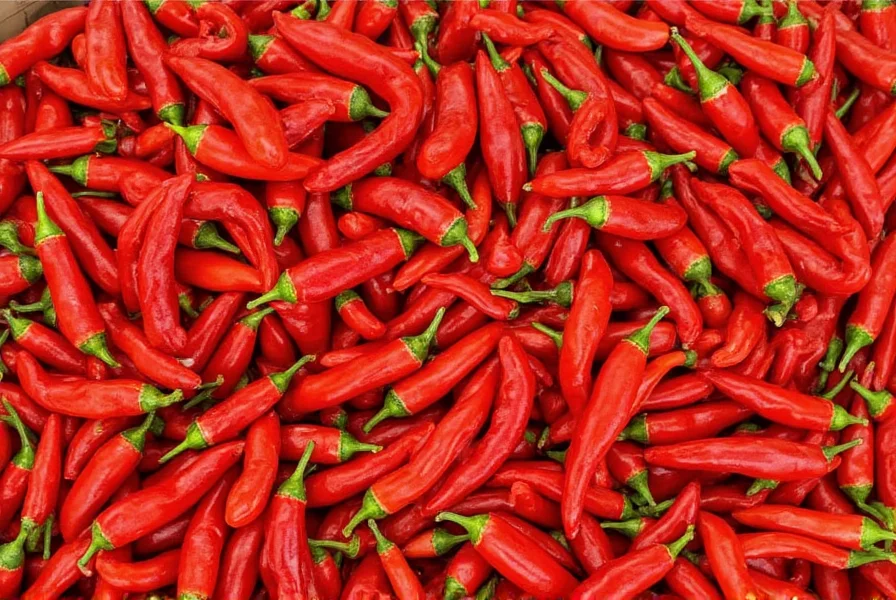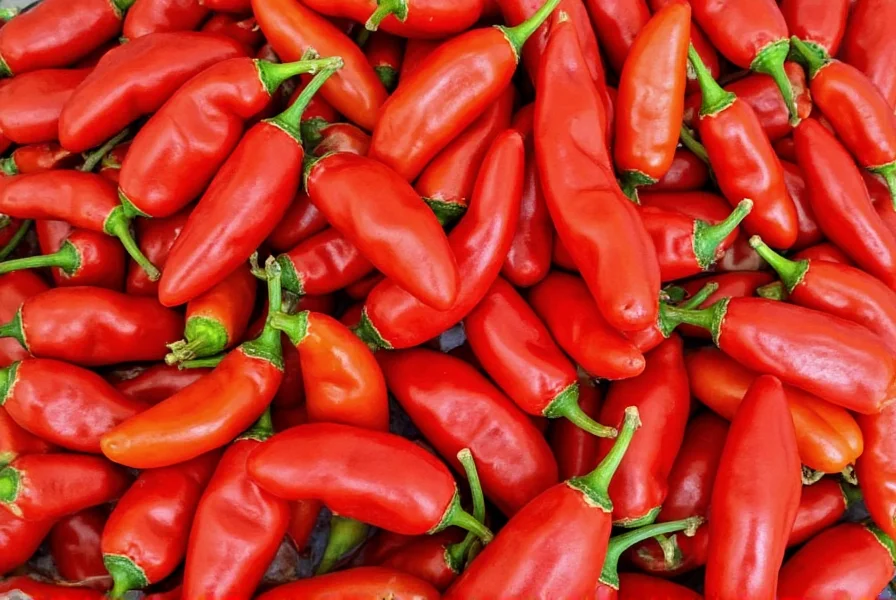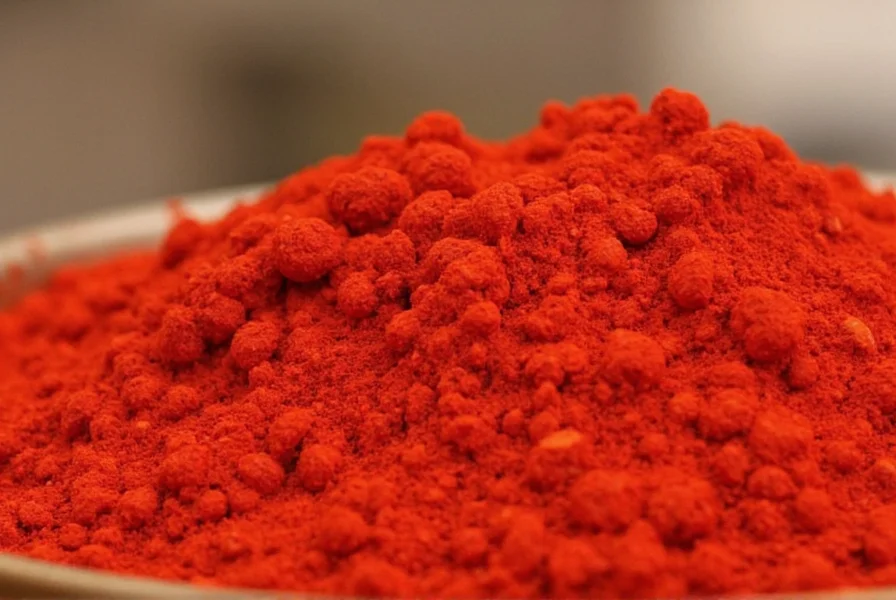Paprika's journey from Mesoamerican cultivation to European staple represents one of history's most successful culinary exchanges. When Spanish explorers brought peppers to Europe in the 16th century, Hungarians transformed them into the distinctive spice we know today. Unlike many commercial spice blends, authentic paprika contains only dried peppers, with quality determined by pepper variety, growing conditions, and processing methods.
The Science Behind Paprika's Vibrant Color
The brilliant red hue comes from carotenoids, particularly capsanthin and capsorubin. These natural pigments not only create paprika's signature color but also provide antioxidant benefits. The concentration of these compounds varies by pepper type and growing region, explaining why Spanish paprika often appears deeper red than Hungarian varieties.
Understanding Paprika Varieties
Not all paprika is created equal. The differences go beyond heat level to include production methods and regional characteristics:
| Variety | Heat Level (Scoville) | Distinctive Characteristics | Best Culinary Uses |
|---|---|---|---|
| Hungarian Sweet | 0-500 | Bright red, sweet pepper flavor | Goulash, chicken paprikash, deviled eggs |
| Hungarian Hot | 5,000-10,000 | Deeper color, noticeable heat | Spicy stews, meat rubs |
| Spanish Smoked (Pimentón) | 100-1,000 | Wood-smoked over oak fires | Paella, chorizo, roasted vegetables |
| Sweet Hungarian Ground | 0 | Fine texture, pure pepper flavor | Coloring sauces without adding heat |
How Paprika Production Affects Flavor
The transformation from pepper to spice involves careful selection and processing. Premium paprika uses only the fleshy pepper walls, discarding seeds and membranes that contribute bitterness. Traditional Hungarian methods involve slow-drying peppers in shaded conditions before stone-grinding, preserving volatile compounds responsible for complex flavor. Spanish pimentón undergoes a distinctive smoking process over oak fires, creating its characteristic flavor profile through controlled exposure to smoke.
Industrial production often sacrifices quality for consistency, using high-heat drying that degrades flavor compounds. The finest paprika maintains temperatures below 40°C during processing to preserve delicate aromatic compounds. This explains why artisanal paprika commands premium prices compared to supermarket varieties.

Maximizing Paprika's Culinary Potential
To unlock paprika's full flavor potential, understand its chemical properties. The fat-soluble compounds in paprika release best when bloomed in oil. For Hungarian dishes, the traditional technique involves creating a roux with butter and flour before adding paprika, which prevents bitterness while enhancing flavor release.
Heat application matters significantly. Adding paprika early in cooking develops deeper flavor but diminishes color intensity. For vibrant red sauces, add paprika during the final minutes of cooking. When using smoked varieties, remember that excessive heat can make the smoke flavor harsh rather than nuanced.
Nutritional Profile and Storage Tips
Two teaspoons of paprika provide approximately 15% of your daily vitamin A needs and contain capsaicinoids with potential metabolic benefits. The antioxidant content varies by variety, with darker red paprikas generally containing higher carotenoid concentrations.
Proper storage preserves paprika's quality. Light and oxygen degrade the color compounds, so store in an airtight container away from light. Refrigeration extends shelf life to 18-24 months, compared to 6-12 months at room temperature. The spice has lost potency when the vibrant red color fades to dull brown.

Common Substitutes and When to Use Them
When paprika isn't available, consider these alternatives based on your recipe's needs:
- For color without heat: Tomato paste diluted with water (1:3 ratio) provides similar red hue
- For smoked flavor: Chipotle powder (use 1/3 amount) plus a drop of liquid smoke
- For sweet paprika flavor: A blend of cayenne (1 part) and sweet red bell pepper powder (3 parts)
- For Hungarian dishes: Sweet paprika substitute requires equal parts mild chili powder and dried sweet pepper
Remember that substitutes never perfectly replicate authentic paprika's complex flavor profile. For traditional Hungarian goulash, nothing compares to genuine Hungarian sweet paprika, which contains specific pepper varieties grown in the Hungarian climate.
Frequently Asked Questions
What is paprika made from?
Paprika is made exclusively from dried and ground peppers of the Capsicum annuum species. The specific pepper varieties used determine whether the resulting paprika is sweet, hot, or smoked. Authentic paprika contains no additives—just pure ground peppers. Hungarian paprika typically uses specific local pepper varieties, while Spanish smoked paprika (pimentón) uses peppers smoked over oak fires.
What's the difference between sweet paprika and smoked paprika?
Sweet paprika comes from sweet red peppers dried without smoking and has a pure pepper flavor with no heat. Smoked paprika (pimentón) undergoes a traditional smoking process over oak fires, which imparts a distinctive wood-smoke flavor. While both can be sweet varieties, the smoking process creates completely different flavor profiles. Hungarian sweet paprika has a fruitier profile, while Spanish smoked paprika offers earthy, campfire-like notes.
How long does paprika last before losing quality?
Properly stored paprika maintains peak quality for 18-24 months. Store in an airtight container away from light and heat. Refrigeration extends shelf life compared to room temperature storage. The spice has degraded when the vibrant red color fades to dull brown and the aroma becomes weak. For best flavor, replace paprika when it loses its characteristic aroma or shows color changes.
Can I substitute chili powder for paprika?
Chili powder makes an imperfect substitute as it typically contains additional spices like cumin and garlic powder. For recipes needing paprika's color without heat, use mild chili powder diluted with sweet red bell pepper powder. For Hungarian dishes specifically, this substitution won't replicate authentic flavor. In a pinch, create a blend of 3 parts sweet red pepper powder to 1 part cayenne for sweet paprika replacement, adjusting based on desired heat level.
Why does my paprika taste bitter when cooked?
Bitterness occurs when paprika is exposed to high heat without proper preparation. The delicate compounds in paprika degrade above 175°F (80°C). To prevent bitterness, bloom paprika in fat (like oil or butter) at low temperature before adding other ingredients. In Hungarian cooking, paprika is typically added to a roux of butter and flour that's cooled slightly before incorporating the spice. Never add paprika directly to boiling liquids.











 浙公网安备
33010002000092号
浙公网安备
33010002000092号 浙B2-20120091-4
浙B2-20120091-4